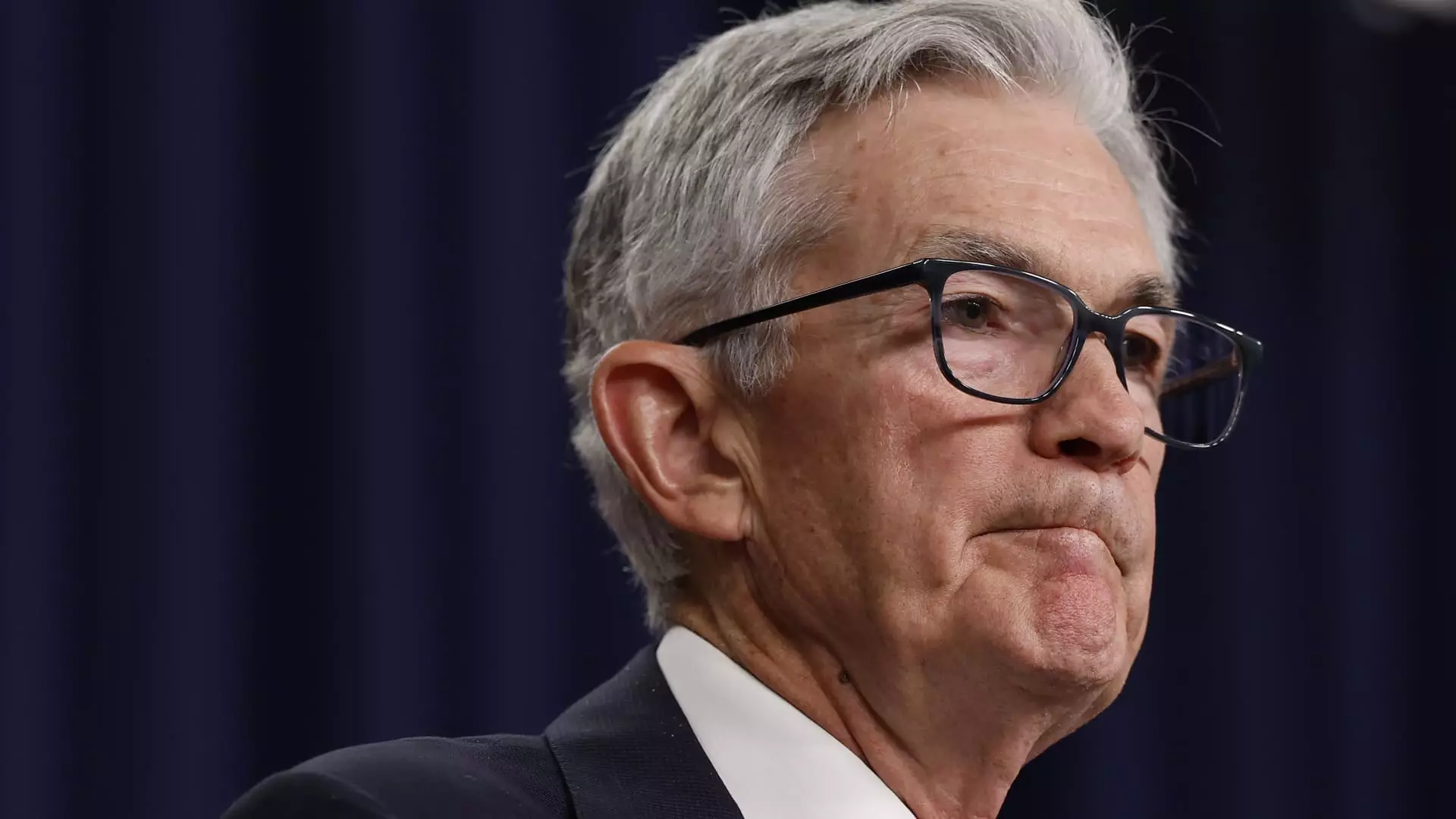The Federal Reserve’s decisions concerning interest rates are often a focal point of both economic discourse and market speculation. The recent announcements derived from the September meeting have once again highlighted the complexities involved in monetary policy. The dual objectives of maintaining inflation control while promoting a robust labor market have created a challenging environment for policymakers, resulting in a pivotal decision to implement a half percentage point rate cut, the first of its kind in over four years. This article delves into the nuances of this meeting to analyze the implications of the decisions made and their potential impact on the economy.
The minutes from the September meeting reveal a split among Federal Reserve officials regarding the future economic landscape. While some members favored a more cautious approach, preferring a modest quarter-point cut, a substantial majority supported a more aggressive half-point reduction. This ideological division reflects broader uncertainties about inflation trends and labor market resilience. Some participants voiced concerns that a smaller cut could foster greater stability and predictability, allowing for a more gradual adjustment of policy in tune with evolving economic indicators.
The insistence on a 50 basis point cut indicates a belief among many policymakers that inflation could settle convincingly lower, creating a conducive environment for additional economic growth. Nonetheless, the dissent cast by Governor Michelle Bowman is significant. It marks the first time since 2005 that a governance member opposed a rate decision, underscoring potential fractures within what has been a historically cohesive Federal Open Market Committee (FOMC). The document cited Bowman’s rationale relating to her apprehensions about the prevailing labor market, suggesting a call for caution rather than haste.
Recent labor market data, especially the promising nonfarm payroll increase of 254,000 and a dropping unemployment rate of 4.1%, further complicate the narrative surrounding the Fed’s decision-making. These indicators reflect a robust job market that appears resilient against various pressures. While advocates for the half-point cut argue this approach will sustain economic momentum, skeptics question whether the central bank has overstepped by making such aggressive adjustments without full clarity on inflation paths.
The economic undercurrents showcased during the discussions point towards a cautious optimism among policymakers. Despite the eagerness to mitigate inflation through rate cuts, there remains a palpable tension regarding future decisions amidst an economy that shows signs of strength. The evolving labor dynamics delineate a complex interplay between inflationary pressures and employment figures, fostering debates on the appropriateness of rate cuts, especially in light of potentially aggressive future adjustments.
Market sentiment reacted cautiously to the Fed’s announcements, with major stock indices maintaining a bullish trajectory despite the rate cut. Investors seem to be digesting the implications of the Fed’s actions while keeping an eye on future developments. The anticipation surrounding the Fed’s subsequent moves, particularly as the economy evolves, remains a critical factor for equity and bond markets.
According to the CME Group’s FedWatch, expectations point to a federal funds rate stabilizing within the range of 3.25%-3.5% by the end of 2025. While this projection aligns somewhat with market sentiment, futures markets have begun indicating a reduced probability of aggressive cuts at the next FOMC meetings, settling on a potential 1-in-5 chance that no cuts are forthcoming during the November sessions.
This growing caution in market pricing speaks to a broader recognition of economic realities, which must be balanced against political and public pressures to maintain growth momentum. Additionally, the contrasting signals emanating from the bond market, which has seen a marked increase in Treasury yields, serve to highlight the diverse responses among different financial instruments.
The Federal Reserve’s September meeting encapsulates the intricate balance that policymakers must navigate in the face of competing economic signals. The move to lower interest rates underscores a commitment to fostering economic growth while keenly addressing inflation concerns that threaten long-term stability.
Policymakers face an uphill task: ensuring that the momentum established in the labor market does not falter while simultaneously managing inflationary pressures. The decision to opt for a more aggressive rate cut reflects this balancing act, but the divergent opinions within the FOMC signal an ongoing debate about the path forward. As economic indicators continue to evolve, it is evident that the Fed will remain under scrutiny, with every decision having the potential to impact market dynamics, consumer confidence, and ultimately the broader economy. The future holds myriad uncertainties, and it will be the Federal Reserve’s challenge to steer a steady course amidst them.


Leave a Reply